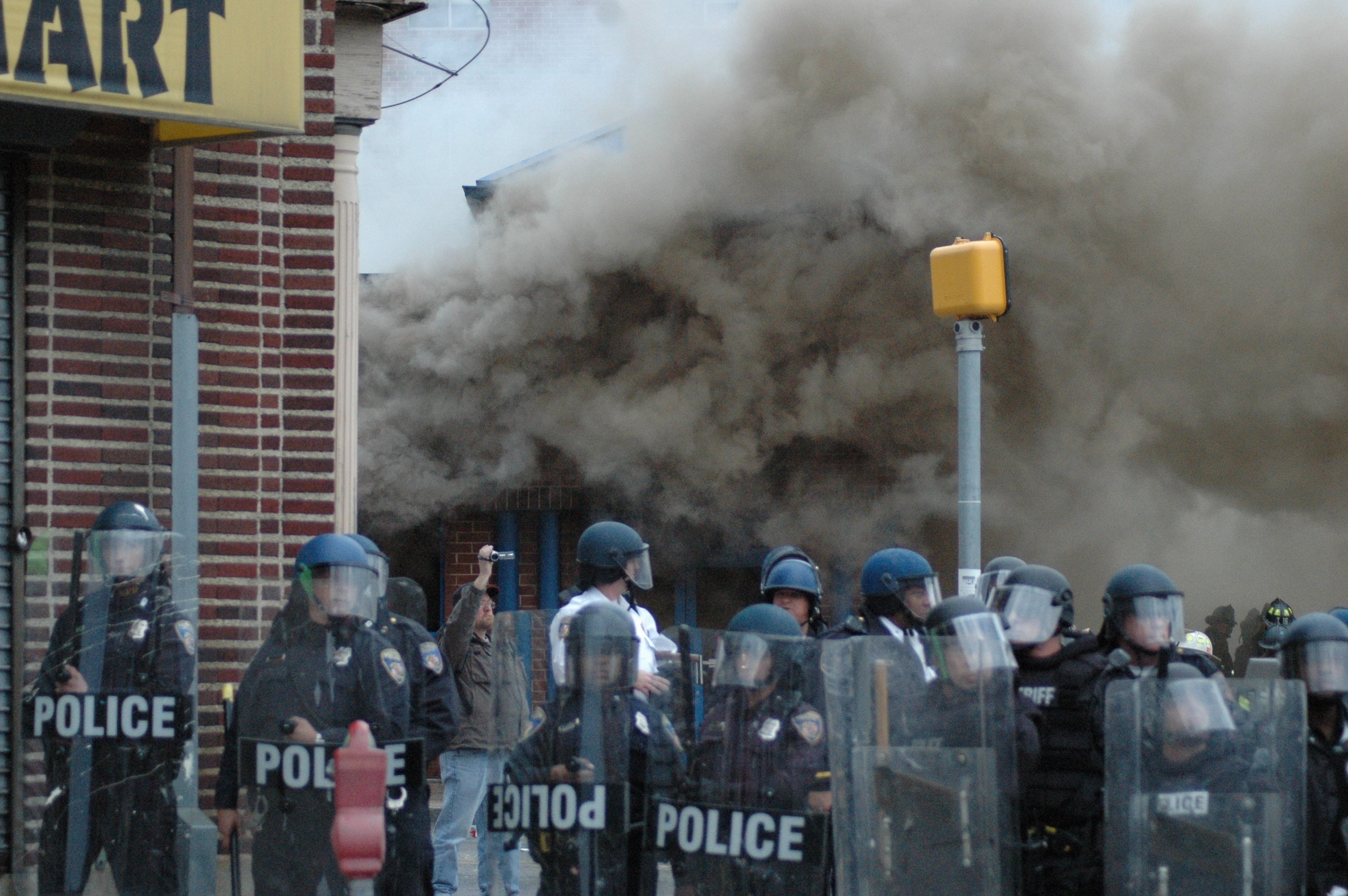The votes are in — and the first story I’ll report for CNN’s new “2 degrees” series is on rising sea levels and the coming “climate refugee” crisis.
You selected that topic in a Facebook poll that closed at 5 p.m. ET Monday.
We asked you to choose from six story ideas, all of which originated with readers.
The winning topic came from Kelly, a 48-year-old in San Jose, California.
Kelly is a little Internet shy, so she asked me not to use her full name or occupation.
“I saw your request for questions on climate change, but I don’t have a Facebook account, so I’m using this route,” she wrote in an April 18 e-mail.
“Many of the naysayers I know fail to make a connection between the health of the natural environment and quality of life for humans,” she continued. “They seem to think the people who do care about climate change care more about plants and animals than humans.”
That humans-are-impacted-too sentiment led to her question about climate refugees.
“What happens if thousands or tens of thousands are displaced due to rising sea levels or desertification? Where do they go?” she asked. “Can their own countries absorb them or do they end up in refugee camps across a border? If they end up in refugee camps, what kinds of racial/religious tensions result?”
That question got 3,602 votes, the most of any of the reader-suggested topics. In total, 11,408 people cast ballots on Facebook as part of this little exercise in democratic journalism.
Here’s how the rest of the votes shook out:
Animal extinction: 3,257
Arctic sea-ice loss: 1,876
California’s drought: 1,256
Most vulnerable country: 975
Crop failure: 442
I’m encouraged by these results.
Apparently, the Internet cares about more than just animals.
I don’t know where exactly where Kelly’s question on climate refugees will take me, but I’ll get back to you with details when I have them. I’ll report on sea level rise and refugees throughout May.
If you have ideas for me, please leave them in the comments section below this post.
As part of this “2 degrees” series, I’ll be exploring what a world warmed by 2 degrees Celsius would look like — and how we can cut greenhouse gas emissions to stop short. More than 100 countries, including the United States, have agreed to try to limit warming to 2 degrees Celsius (3.6 Fahrenheit), which is when certain effects of climate change are expected to get especially dangerous.
That temperature increase is measured starting in the late 1800s during the Industrial Revolution.
Humans already have helped warm the climate by 0.85 degrees.
For more on 2 degrees, check out last week’s column on common questions about the number.
Thanks very much to everyone who voted in the poll and who submitted questions. I was overwhelmed by the volume and intelligence of much of the response. There were far too many excellent ideas to include in the poll, but they might surface later this year.
I’ll be reporting on 2 degrees and what it means to the future of our planet for the rest of the year, in the lead-up to U.N. climate talks this December in Paris.
Please be in touch! I need your help to make this work.
Email questions to: climate (at) cnn (dot) com.
Subscribe to the “2 degrees” newsletter.
Follow the project on Facebook, Twitter and Instagram.



